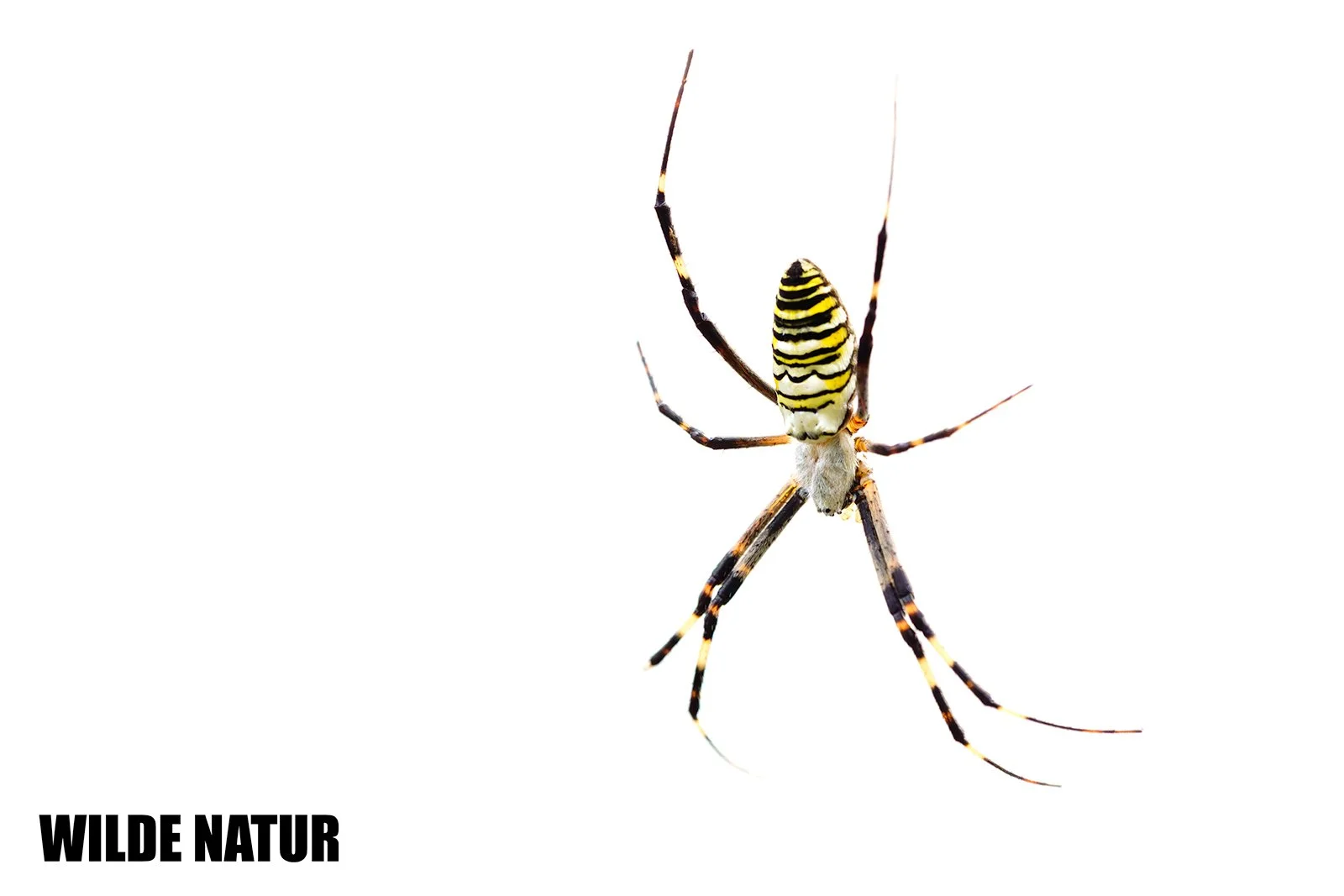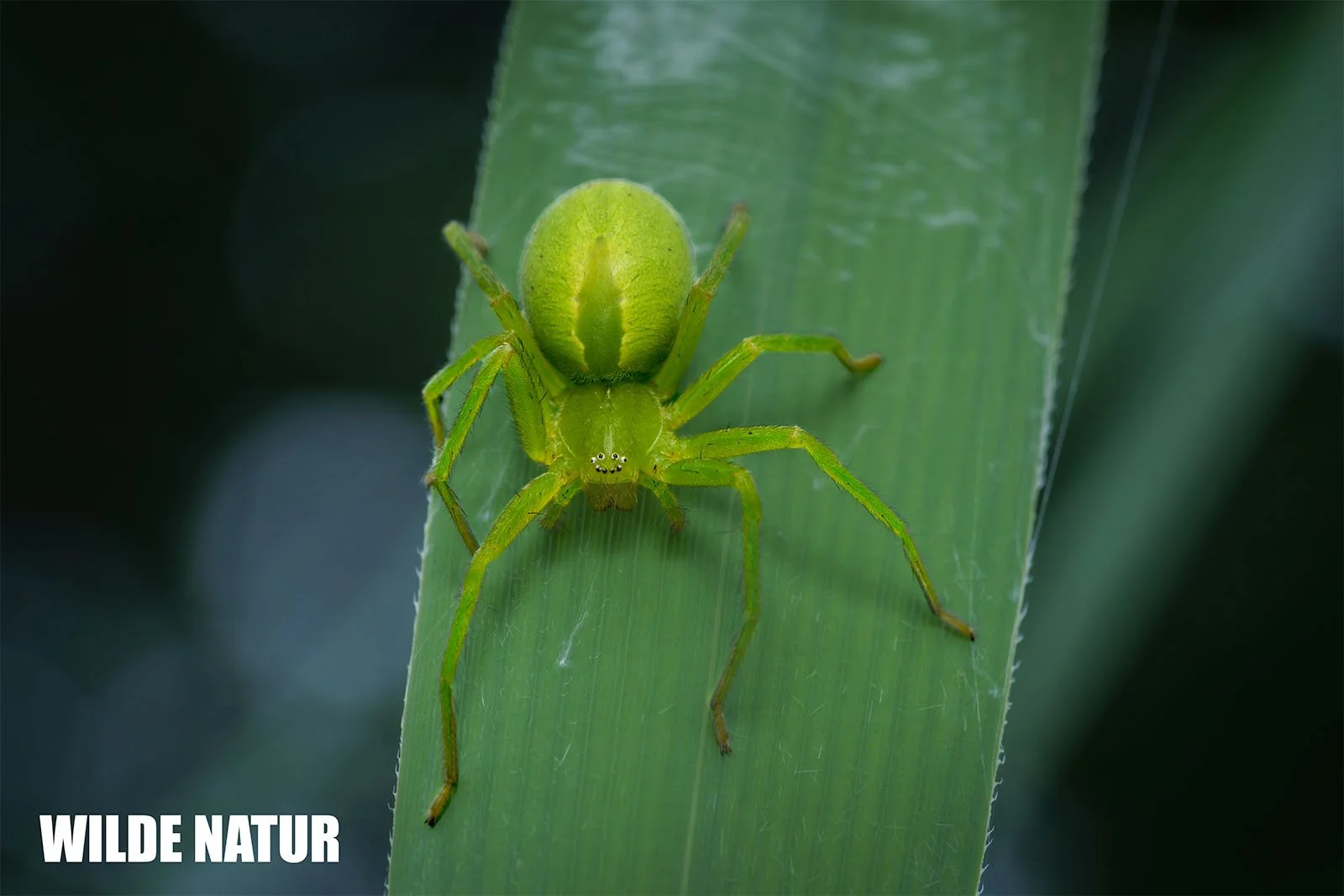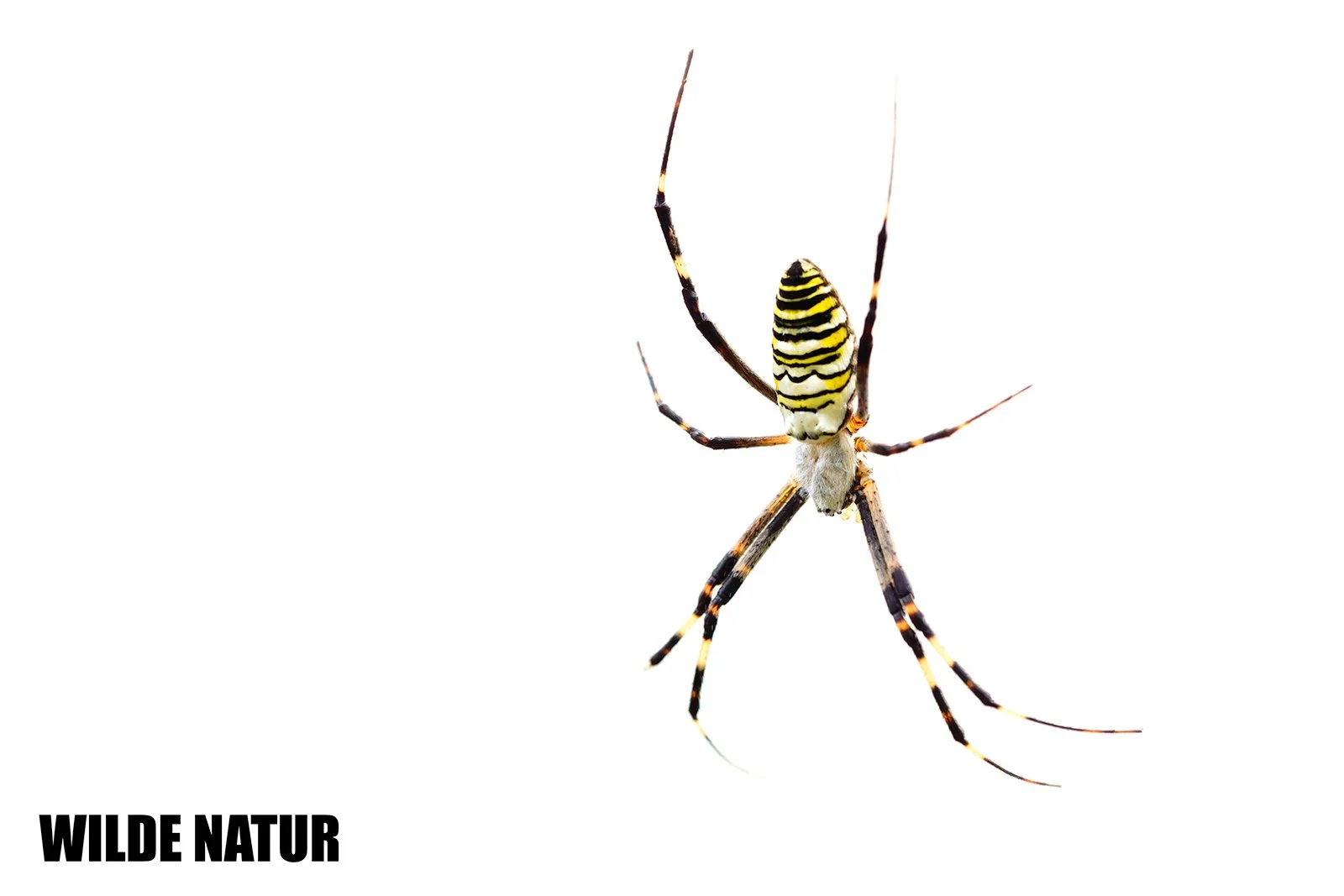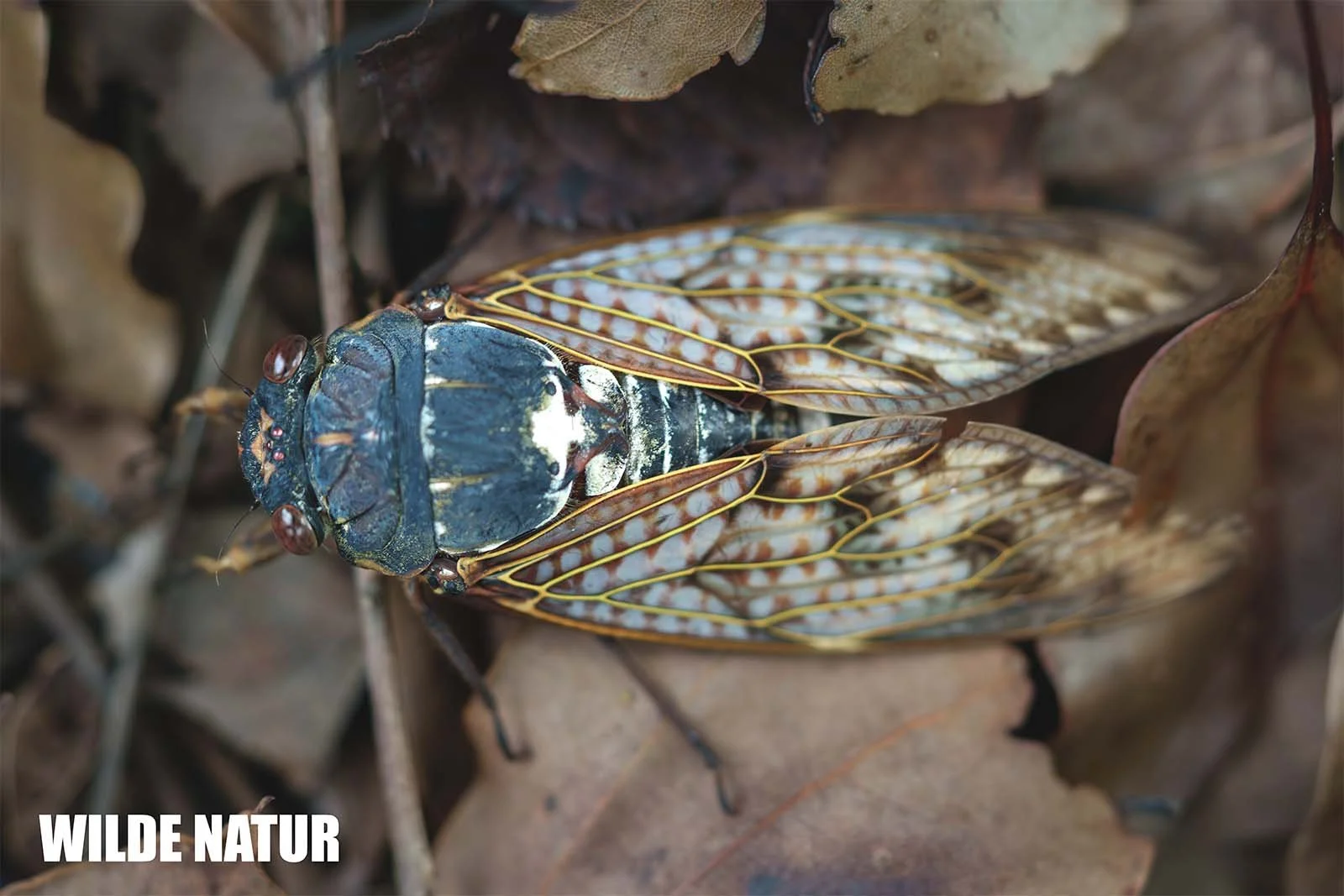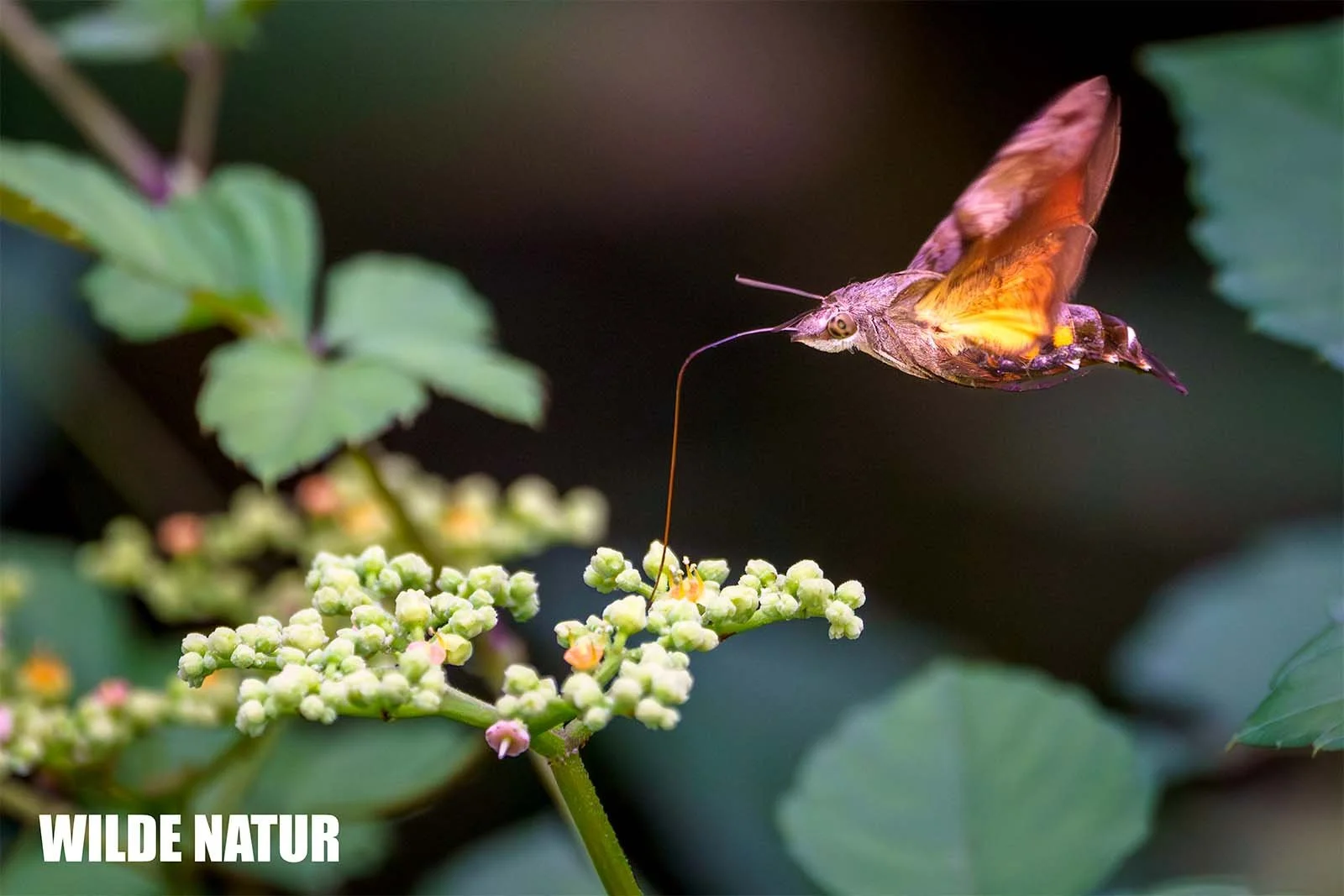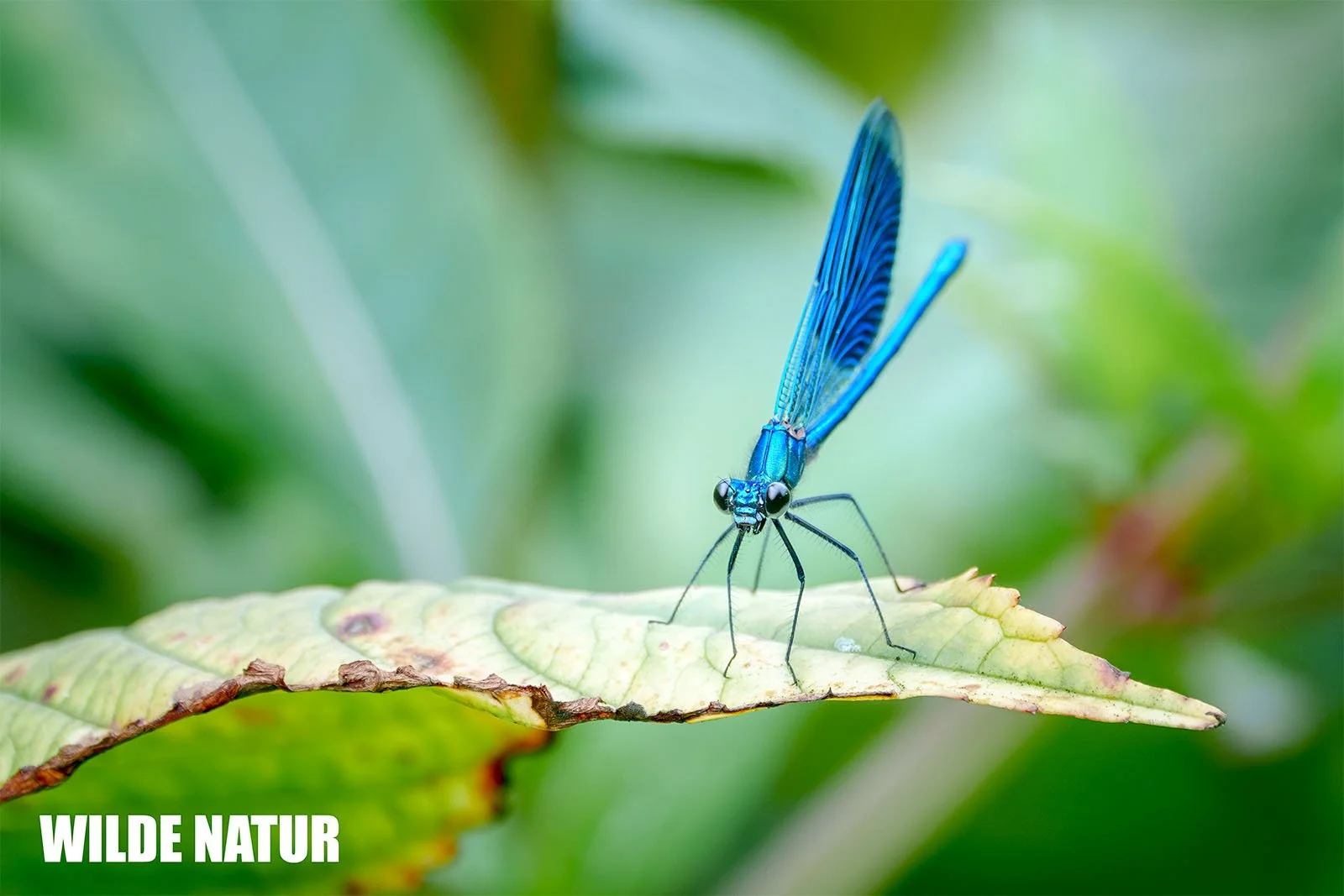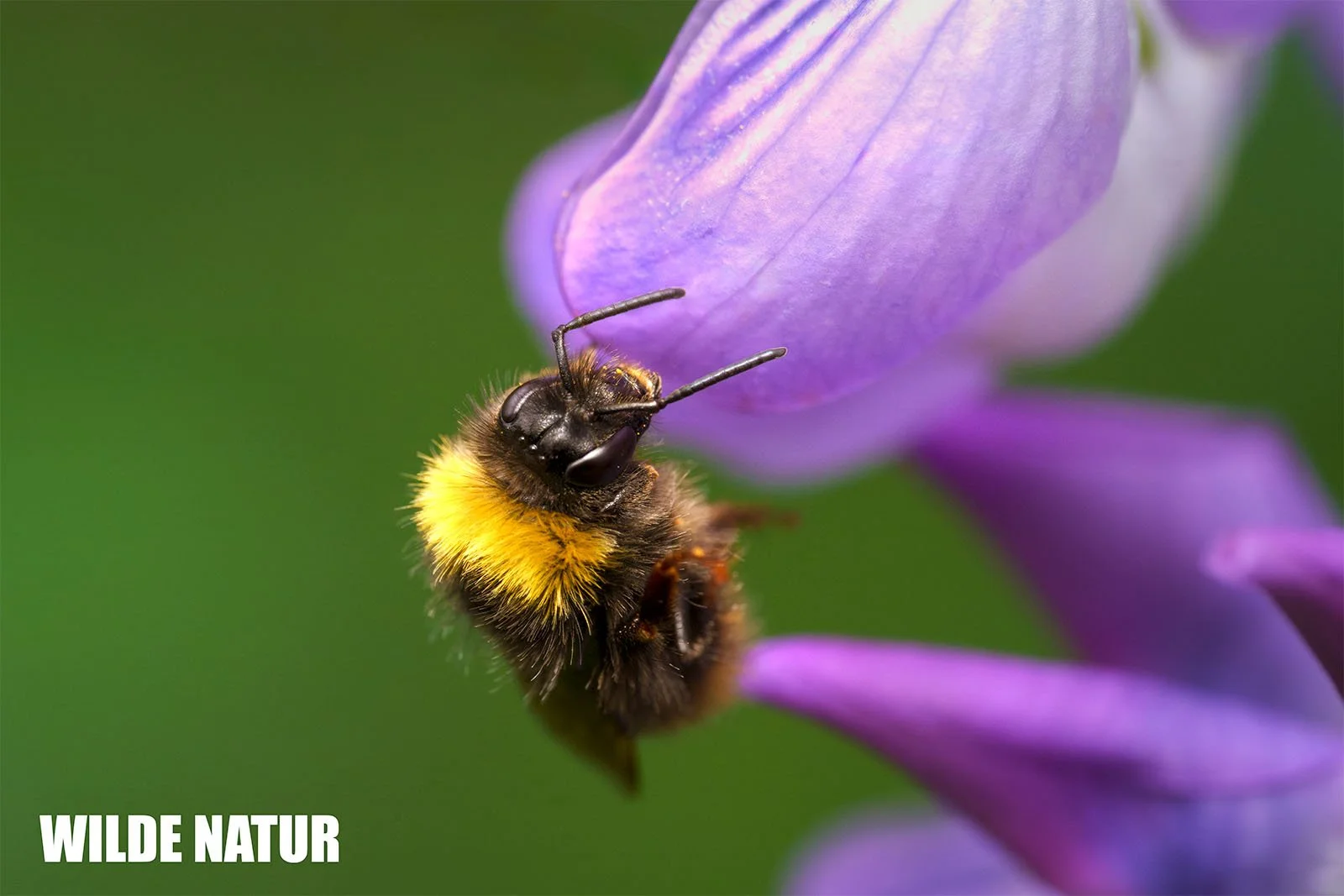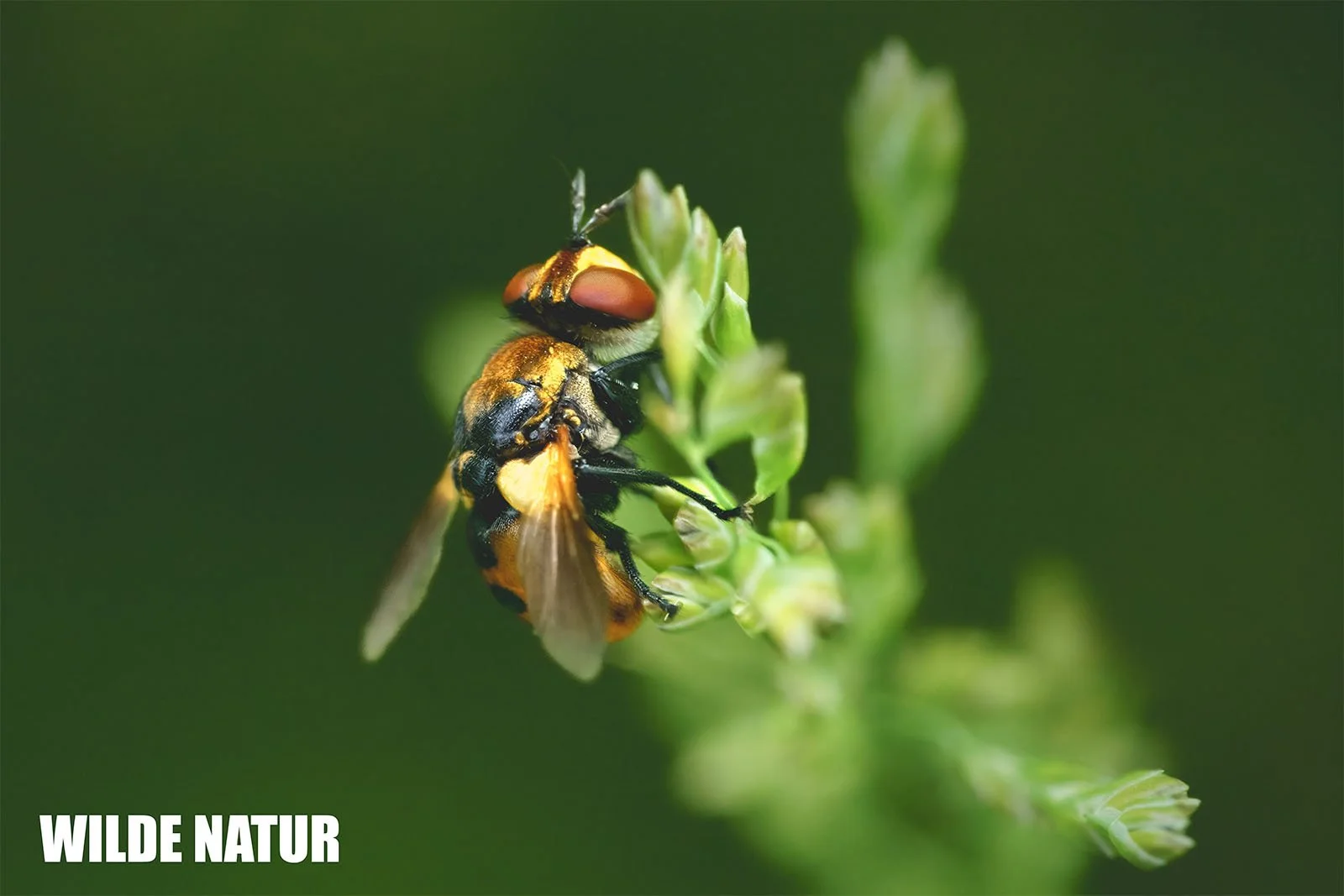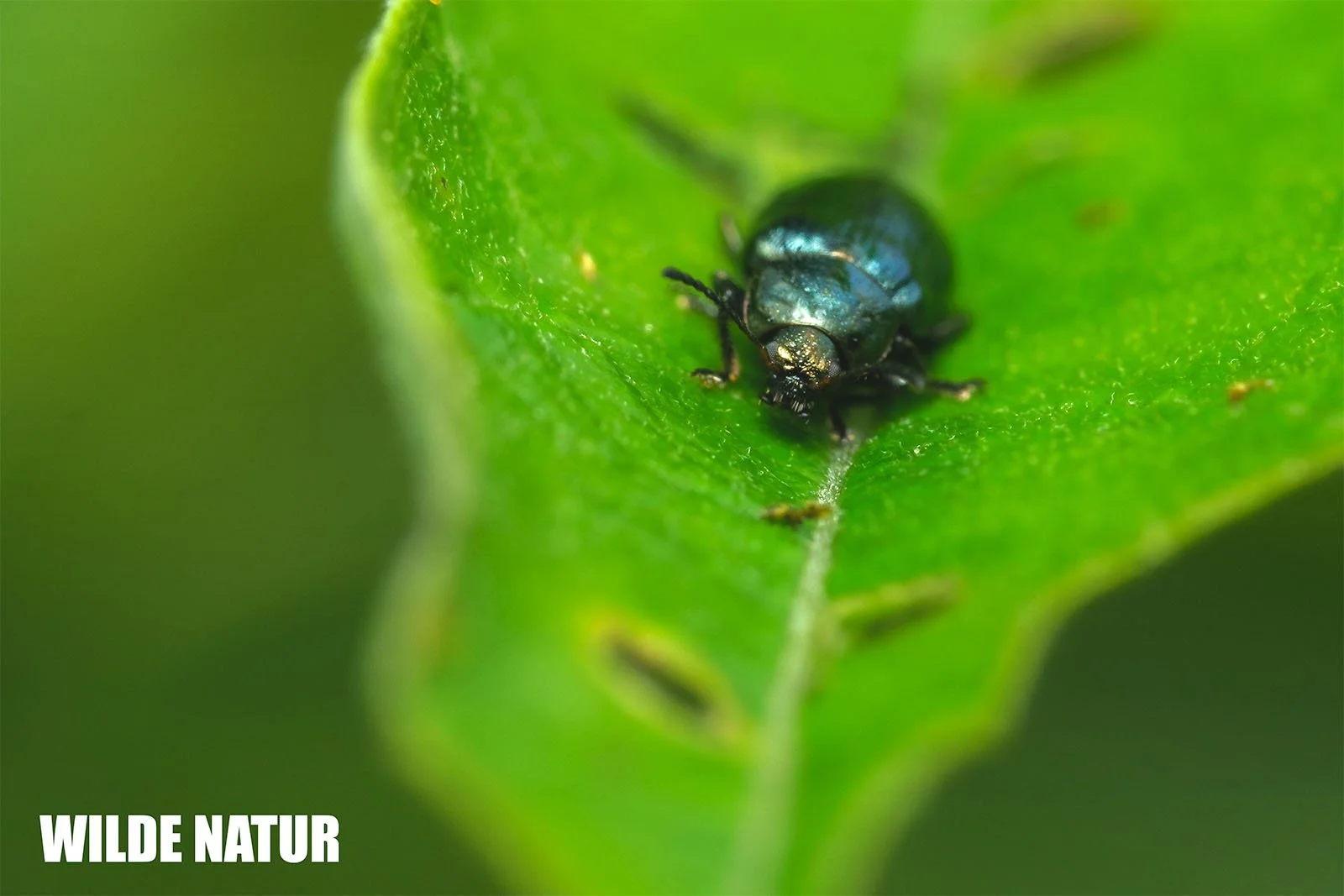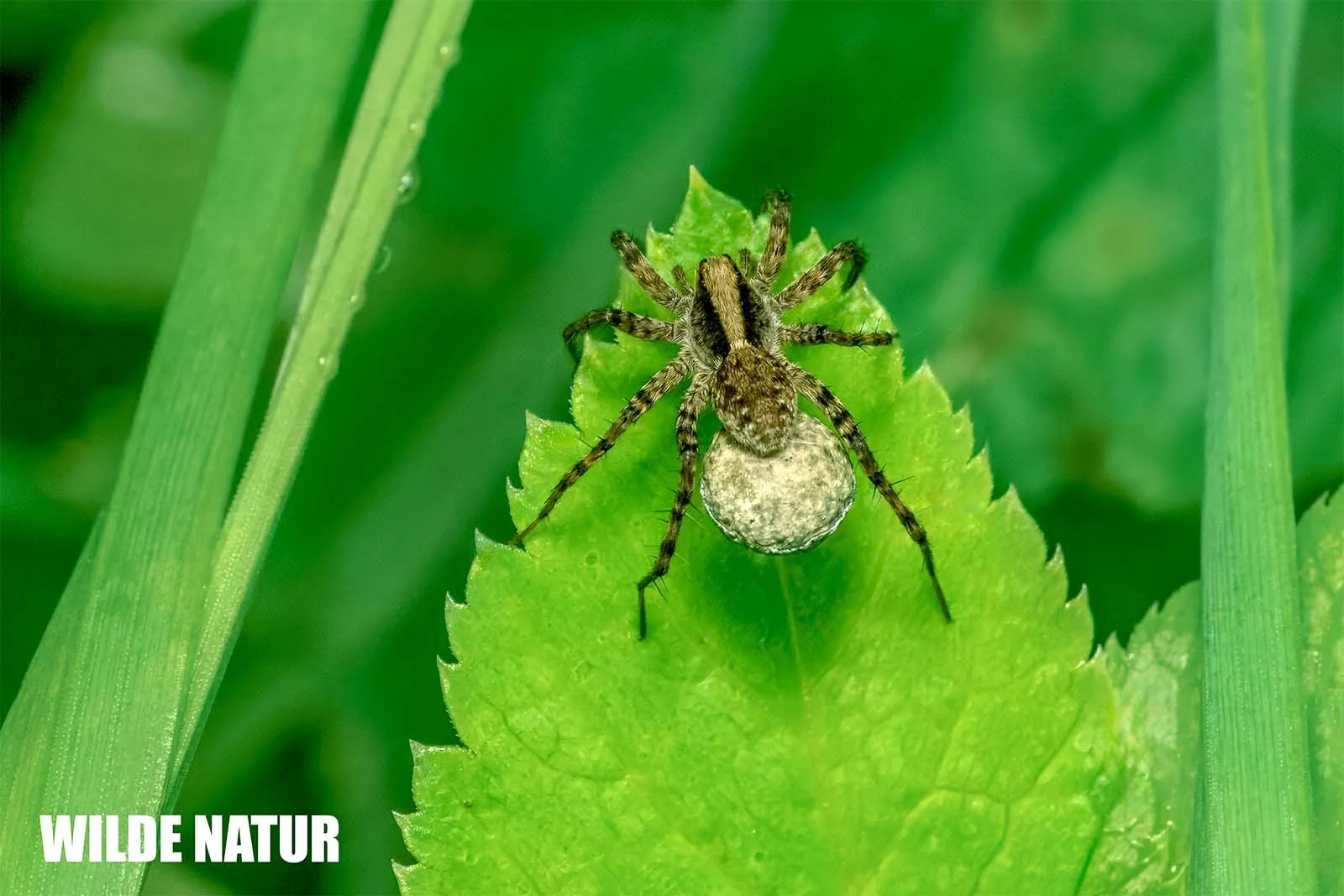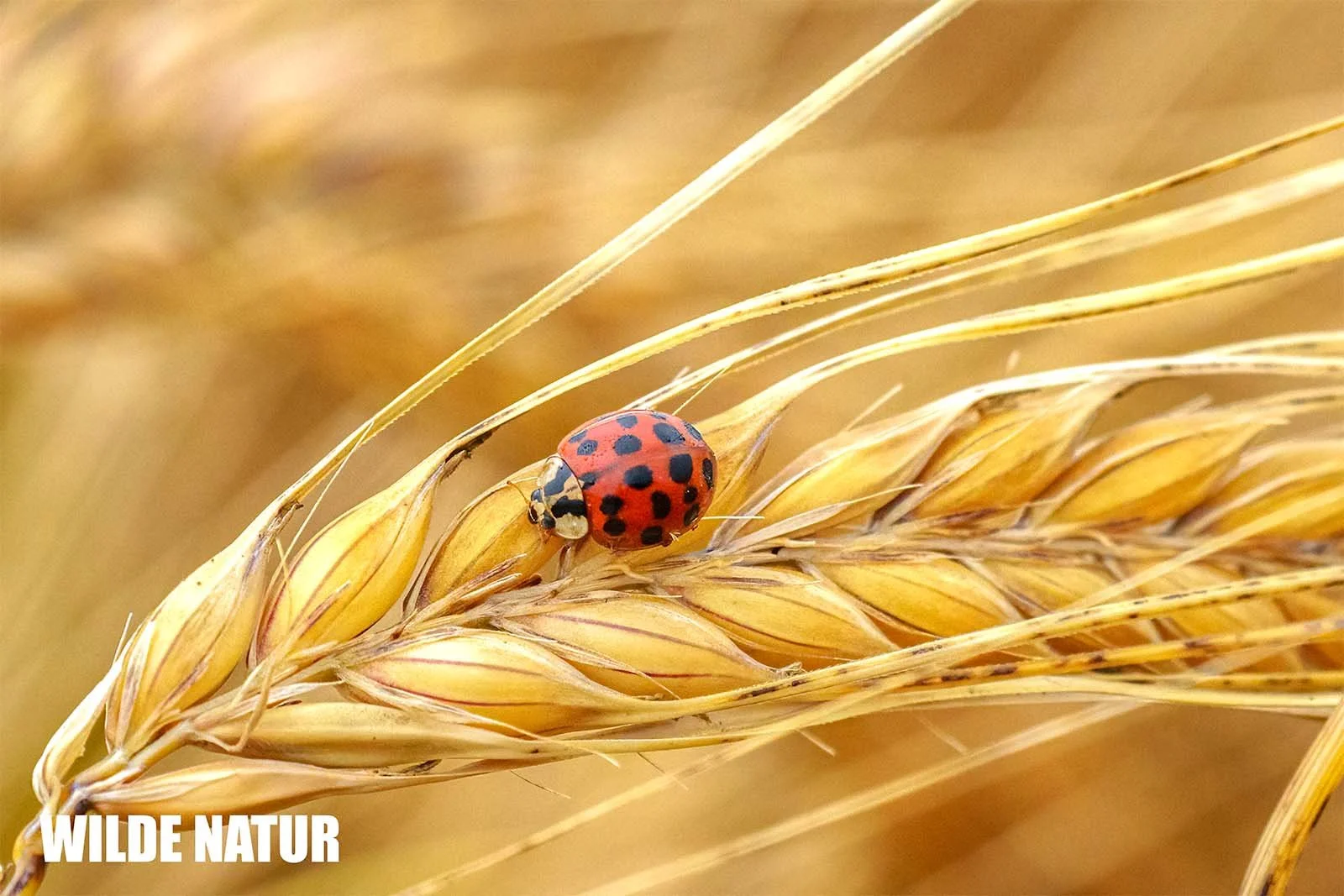Wasp Spider (Argiope bruennichi)
Wasp Spider (Argiope bruennichi)
Wasp Spider: The Striped Hunter in the Grass
The wasp spider is a striking orb-weaver with black, yellow, and white stripes. Learn all about its appearance, lifestyle, reproduction, and distribution.
Key Facts
Females 14–20 mm, males 4–7 mm
Yellow-black-white stripes resembling a wasp
Builds orb webs with a zigzag-shaped stabilimentum
Active from July to October
Diet: flying insects, occasionally small vertebrates
Distribution: Europe, North Africa, Asia
Prefers sunny, grassy habitats
Scientific name: Argiope bruennichi
Common name: Wasp spider
Family: Orb-weaver spiders (Araneidae)
Leg span: up to about 4 cm
Web: orb web with zigzag stabilimentum
Conservation status: not threatened; spreading across Europe
Table of Contents
- Introduction
- Appearance
- Characteristics
- Lifestyle and Diet
- Reproduction and Development
- Seasonal Behavior
- Habitat and Distribution
- FAQ
- Conclusion
Introduction
Hanging upside down in the middle of her web, bright yellow and black – that’s the wasp spider. Her appearance mimics a wasp’s, but she is a peaceful hunter, more interested in catching insects than biting humans.
In recent decades, this warmth-loving species has expanded its range northward due to climate change and has become one of the most familiar orb-weavers in Europe.
Appearance
The wasp spider is easy to recognize:
- Females: striking yellow, black, and white striped abdomen, 14–20 mm body length, leg span up to about 4 cm.
- Males: much smaller (4–7 mm), inconspicuously brownish.
- Cephalothorax: pale and finely haired.
- Abdomen: oval with distinct horizontal stripes.
- Legs: long, strong, yellowish to brown with dark bands.
The contrasting pattern serves both camouflage and warning. In tall grass, the alternating stripes break up the spider’s outline, making it harder to spot.
Characteristics
- Typical yellow-black-white striped pattern
- Strong sexual dimorphism
- Orb web with a distinctive stabilimentum (zigzag silk pattern)
- Usually sits upside down in the center of the web
- Harmless to humans – bites are rare and mild
Note: The function of the stabilimentum is still debated; it may serve camouflage, protection, or structural reinforcement.
Lifestyle and Diet
The wasp spider builds its orb web 20–70 cm above the ground, typically between sturdy grasses or herbs. From there, it ambushes flying prey such as grasshoppers, flies, bees, or small butterflies.
When an insect becomes trapped, the spider rushes toward it, bites to paralyze, and wraps it in silk. The prey is then consumed by sucking out its bodily fluids.
On rare occasions, small vertebrates such as young lizards have been found in their webs – impressive proof of their hunting efficiency.
Reproduction and Development
In late summer, the mating season begins. Males approach cautiously, as females are much larger and can be dangerous.
After mating, the male is often eaten, though some manage to escape and even mate a second time.
Interestingly, during copulation one of the male’s pedipalps often breaks off and remains lodged in the female – effectively sealing her reproductive tract to prevent rivals from mating.
The female produces one or two egg sacs, round and tightly woven with silk, which she attaches near the ground to vegetation.
Each sac contains several hundred eggs.
- Overwintering: the spiderlings remain inside the cocoon through winter.
- Spring: upon hatching, they disperse using the wind (“ballooning”).
- Summer: after several molts, they reach maturity.
Seasonal Behavior
In Central Europe, adult females are active from July to October. Afterward, the adults die while the eggs overwinter safely inside the cocoon.
In warmer regions, wasp spiders can live longer and sometimes produce multiple generations per year.
Habitat and Distribution
Argiope bruennichi occurs throughout Europe, North Africa, and Asia.
Formerly restricted to southern regions, it has spread northward with rising temperatures.
It prefers sunny, open areas with dense vegetation – such as meadows, embankments, dry grasslands, and field edges.
Its webs are typically 20–70 cm above the ground, anchored between sturdy plants.
Recent studies show that northern populations exhibit greater cold tolerance and larger clutch sizes – clear signs of rapid ecological adaptation.
FAQ
Is the wasp spider dangerous?
No. It only bites if threatened, and its venom is harmless to humans.
Why does it look like a wasp?
The bold coloration deters predators and also helps with camouflage among the grass.
When can it be observed?
From July to October, especially in sunny, grassy habitats.
How can you recognize its web?
By the typical zigzag silk band (stabilimentum) in the center.
How does it survive the winter?
Only the eggs survive winter, safely enclosed in the cocoon.
Conclusion
The wasp spider is a fascinating example of adaptation to changing environments.
With its vivid coloration, intricate web design, and remarkable reproductive strategy, it stands among Europe’s most captivating spiders – a living emblem of the diversity and resilience of nature.

